Looking at the value of MotoGP from an investment perspective
Opinion piece by Dario de Wet
MotoGP is arguably the most entertaining motorsport world championship, and factually the oldest established at that. GP bikes reach top speeds in excess of 365 km/h (227 mph), and at most circuits they are much faster than F1 cars. However, they are no match for the almost slot car looking corner potential of an F1 car, and thus MotoGP lap-times are much slower as a result. Either way, there is no doubt that as a sporting spectacle MotoGP is far superior to what F1 has on offer.
However, F1 has stolen MotoGP’s lunch in recent years. Liberty Media’s takeover has injected fresh blood into Ecclestone’s birth-child, maximising commercialisation of the brand through its Netflix partnership and inevitably kickstarting an entirely new wave of fan engagement and increased intergenerational spectatorship — something MotoGP is failing at hopelessly.
So, WTF happened?
A brief timeline
- 1998: Acquired by CVC from Banco Banesto for €72mn
- 2006: CVC sells to Bridgepoint through €345mn SBO
(CVC only sold on antitrust grounds due to their investment into F1) - 2012: Bridgepoint sells 39% of its stake to the Canada Pension Plan Investment Board (CCPIB)for $518mn
- 2012: Dorna CEO Carmelo Ezpeleta retains ~20% ownership
- 2013: Bridgepoint sells the company to itself, transferring ownership to a newer flagship fund
- 2018: Bridgepoint explores sale of its 40% stake, together with Lazard at an EV of €2.5bn (EV/EBITDA of ~15x)
- 2019: F1 trades at ~30x EV/EBITDA (2x Dorna) commanding larger audiences, yet margins at half of Dorna
None of the individuals within the 21.3% own > 10% (these shareholders received record dividends) Fast-forward four-years, and Dorna’s 2022 turnover reached €425mn (+33% YoY), achieving an EBITDA record of €161mn. However, all that glitters is not gold — net financial debt reached its maximum threshold at almost 6x EBITDA over this four-year period. Why? Driven by €422mn of distributed dividends to its shareholders, together with a €975mn loan from BNP Paribas (expiring in 2029).
So, why take on debt to distribute dividends to shareholders? This is standard practice and signals that they are gearing-up for a sale. But why sell?
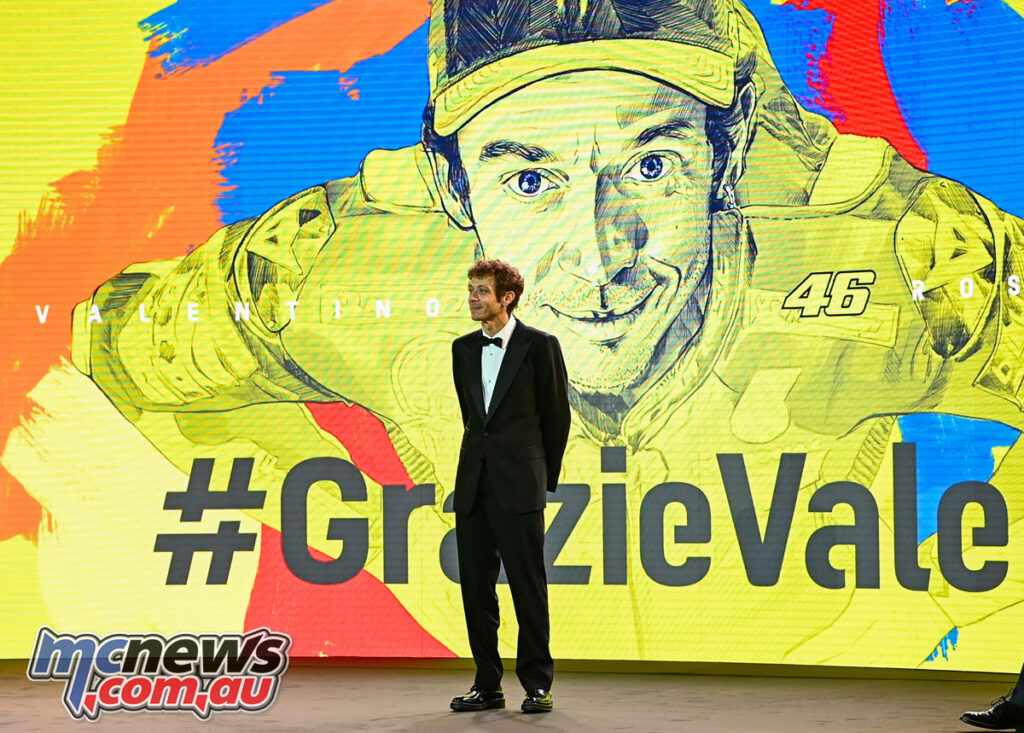
The Rossi Effect
It comes without question that Valentino Rossi, nine-time World Champion, is synonymous with grand prix motorcycle racing. Since his departure, very few, if any, have replicated the spectacle and aura that Rossi brought to the championship. The introduction of Marc Marquez helped the cause, but for many years Dorna executives relied on Rossi to drive market value. In many instances, Rossi carried the MotoGP brand — proven through spectatorship and merchandising.
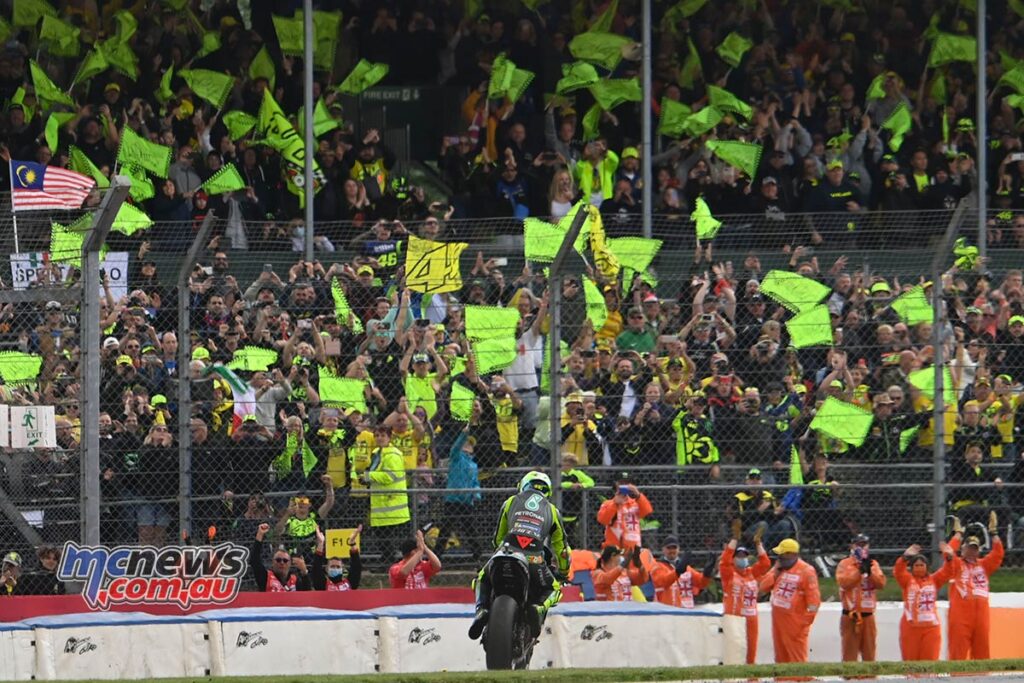
Interestingly, there does seem to be a correlation between Bridgepoint’s attempted 2018 sale and Rossi’s wavering performance, but this is purely speculative.
Nonetheless, Dorna’s lack of continuity planning has proved to be their achilles heel. While Marc Marquez was set to take over as the MotoGP poster child, his myriad of injuries left the MotoGP paddock desperate of celebrity. This shouldn’t detract from the immense talent across the paddock, but riders such as the 2022 world champion, Pecco Bagnaia, do not seem to carry much off-track presence. While one could say the same about F1 drivers, the brand has helped to create spectacle and intrigue around these men. Something MotoGP has failed to do.
Drive to…survive?
Dorna attempted its own interpretation of Netflix’s hugely popular F1 series ‘Drive to Survive’. However, the Amazon-produced ‘MotoGP Unlimited’ proved hugely underwhelming, myopically produced to be Spanish-centric and lacking global commercial appeal. Even rusted on fans of MotoGP were left cold by MotoGP Unlimited, and the quality and story lines were not produced well enough to drag new people into the fold.
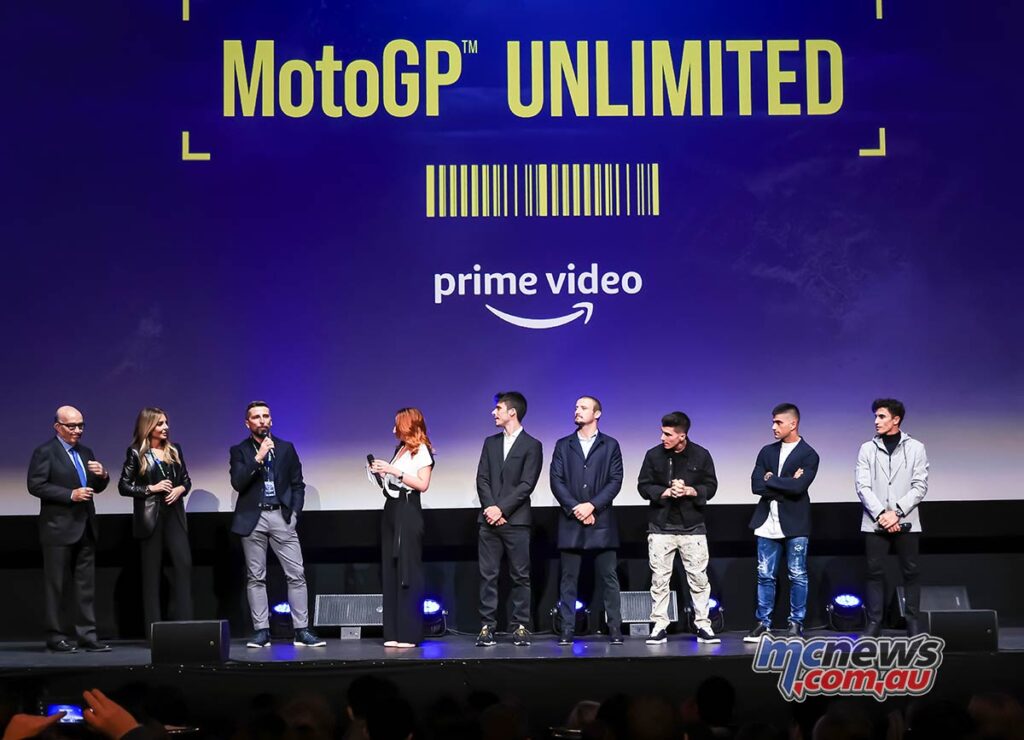
In a proactive attempt to rectify this, MotoGP introduced Saturday sprint races, adding a new element to the sport — flat out racing. This is something more accustomed to a regional or national racing series, where strategy is thrown out the window, and the fastest (and most aggressive) rider wins. This is exciting for existing fans, but without a stronger global marketing strategy, Dorna is marketing new products to the same audience. This does not solve its fan engagement and spectatorship problem.
Instead, the introduction of sprint races has seen the number of riders missing races due to injury increase by 3x in 2023 alone. Sprint races encourage ‘pack racing’ which means that if a rider falls from their machine and is hit by a rider following closely behind, they may die. As it is, in the past 14 years, four riders have died on track at GP events.
It was more luck than good judgement that saw Pecco Bagnaia get away relatively uninjured at Catalunya when after falling in front of another rider he was struck by a following competitor in what was a frightening incident.
Something which is far more spectacular and admirable than F1’s Daniel Ricciardo missing a few races from a broken hand but yet it went largely unreported.
Politics
Dorna’s lack of continuity planning has played out in both the constructor’s championship and 2023 rider market. Up until recently, Marc Marquez has been used by Ezpeleta as a political pawn to maximise brand value.
The truth of the matter is that the established flagship Japanese brands of Honda and Yamaha have fallen by the wayside, with their stubborn attitudes towards innovation and bike development. As such, we’ve seen ex-world champions, namely Marc Marquez (eight-time World Champion), Fabio Quartararo (2021) and Joan Mir (2020) struggle to come to grips with their machines.
While Ducati’s resurgence, led by Gigi Dall’Igna has been a long time in the making, KTM and Aprilia’s open-mindedness and fast-acting approach towards bike development has catapulted them to the front of the pack — investing into aerodynamics. Something the Japanese bikes have stubbornly neglected.
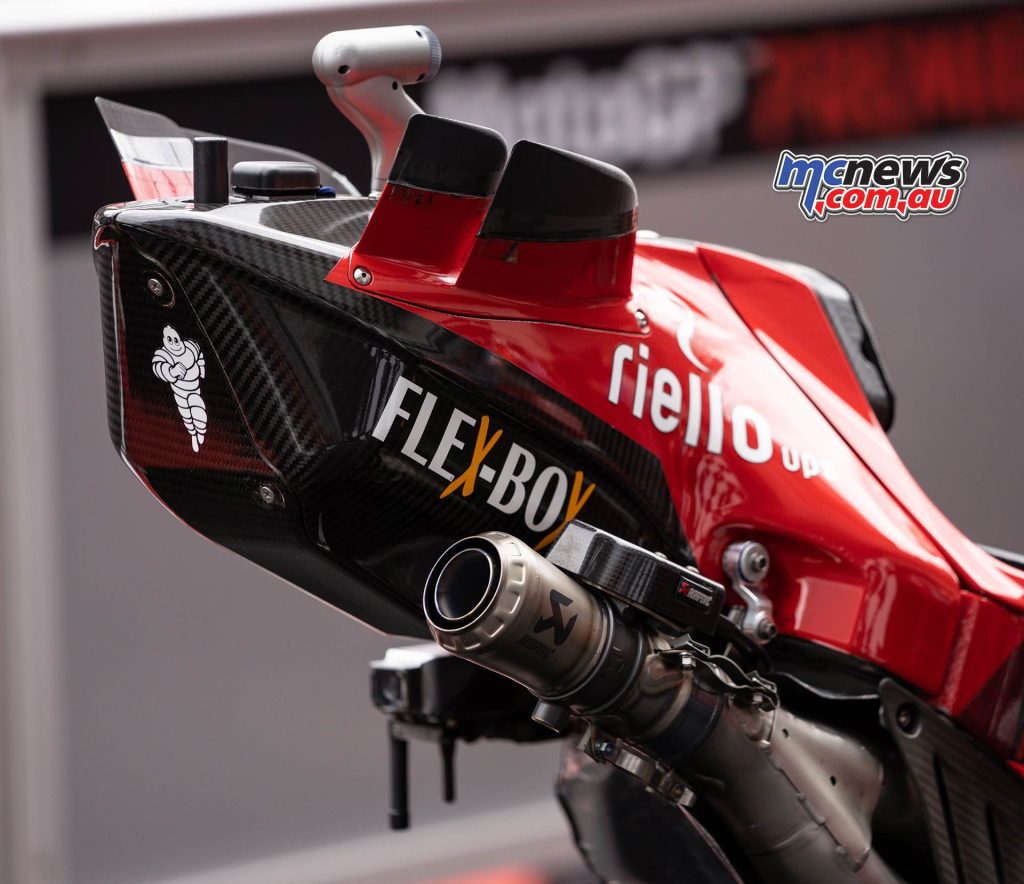
The origins of the downforce aero war date back to 2016, but this brings on a new set of challenges which has led to high-speed turbulence and braking issues created by a partial vacuum when behind other riders at very high speeds. This also creates a new dynamic around front tyre pressures, which increase, and therefore leads to a decrease in grip.
As such, riders have to take bigger risks at the beginning of the race. Michelin, the sole tyre supplier of the premier class is aware of this, but has delayed the introduction of its new tyre to 2025 — which is designed to better cope with the stresses of downforce aero and reduce sensitivity to temperature/pressure changes.
The issue is that the vocal nature of Marquez and Quartararo, combined with the poor performance of Honda and Yamaha across the 2023 season may see these Japanese manufacturers withdraw from the MotoGP championship in the same way that Suzuki did at the end of 2022.
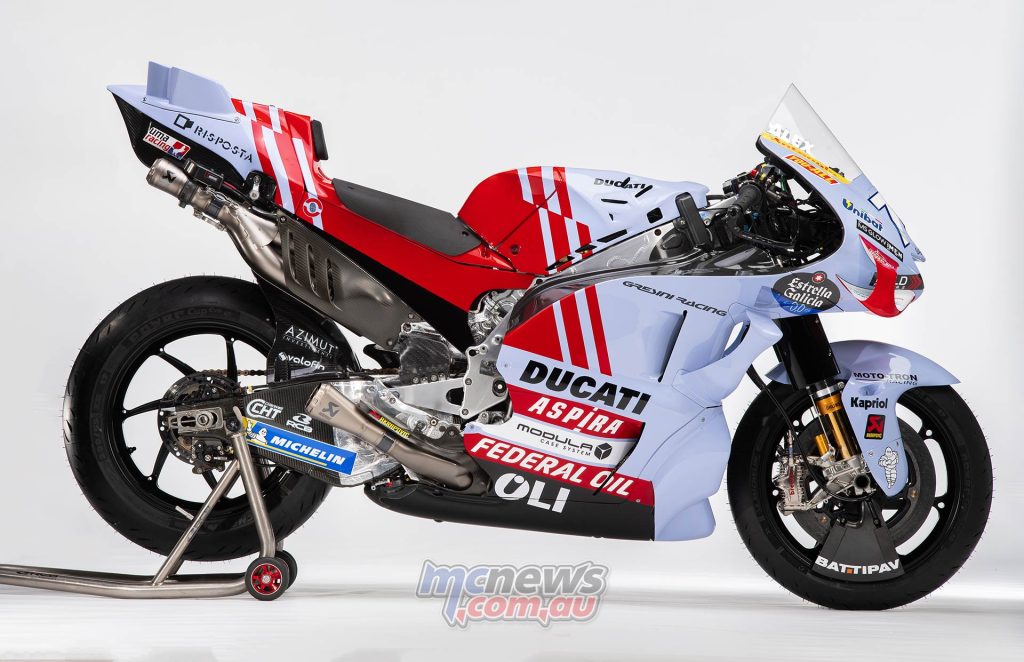
This is quite possibly why 77-year-old Ezpeleta blocked Pierer Mobility Group’s (parent company of KTM, GasGas, Husqvarna) attempt to field a fifth bike on the grid. Ironic, since Ducati currently has eight bikes on track. However, if this were to happen then MotoGP essentially becomes an all-EU championship and will significantly affect its brand value. If Yamaha or Honda wanted to field more bikes, it wouldn’t be a problem, but as we saw with the RNF satellite team, they swapped Yamaha for Aprilia and haven’t looked back.
Where to from here?
2024 will break the record number of races (44) and countries (19) in a single year, with Kazakhstan and India added to the roster.
Ezpeleta seems to be using this tactic to try and reach new markets, but I think this is the wrong approach. There are no riders from these regions, the calendar is too physically demanding on the teams, and controversially there are now four Spanish races.

Dorna’s Managing Directors have a key role in the longevity of grand prix motorcycle racing. It is more critical than ever to attract a diverse and younger global audience. The crashes, speeds and intensity of MotoGP alone far outweigh F1, but they need to prove it to the world.























